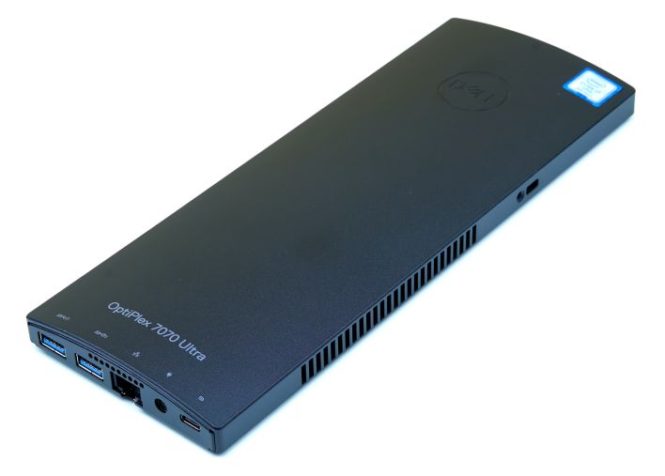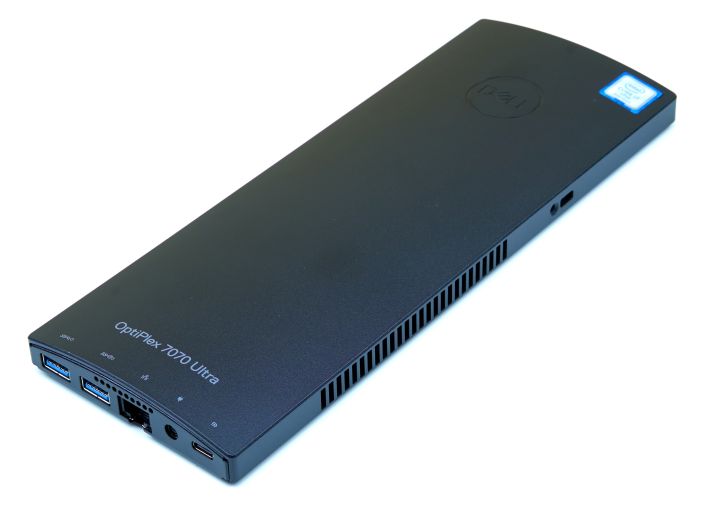
From HotHardware Sep2020 —
What Exactly Is A Dell Hybrid Thin Client (DHC)?
At its core, Hybrid Client is a combination of Software-as-a-Service (SaaS) and hardware. It starts with the Dell systems like its OptiPlex 7070 Ultra platform or Wyse 5070 thin clients, running a highly-customized Ubuntu 18.04 Long Term Support (LTS)-based operating system. However, Dell representatives also told us that basically any Dell system that runs Linux is a good candidate for Hybrid Client, including sleek notebooks like the XPS 13 Developer Edition. Since these systems arrive ready to deploy, this distro should also keep deployment costs down.
About Thin Client
Since 1999, Thinclient.org has been reporting the thin client computing market as well as the ChromeBook, Zero Client, Android clients, Pi Raspberry Clients and Thick Client market. Generally the cloud computing market since it started with companies such as Citrix back in the late 80s.
A thin client is a lightweight[vague] computer that has been optimized for establishing a remote connection with a server-based computing environment. The server does most of the work, which can include launching software programs, performing calculations, and storing data. This contrasts with a fat client or a conventional personal computer; the former is also intended for working in a client–server model but has significant local processing power, while the latter aims to perform its function mostly locally.
Thin client hardware generally supports a keyboard, mouse, monitor, jacks for sound peripherals, and open ports for USB devices (e.g., printer, flash drive, webcam). Some thin clients include legacy serial or parallel ports to support older devices such as receipt printers, scales or time clocks. Thin client software typically consists of a graphical user interface (GUI), cloud access agents (e.g., RDP, ICA, PCoIP), a local web browser, terminal emulators (in some cases), and a basic set of local utilities.
New hardware interfaces includes socket-based enabled devices eliminating the need for a physical USB connection. Bluetooth wireless connectivity is also a big factor for devices.

